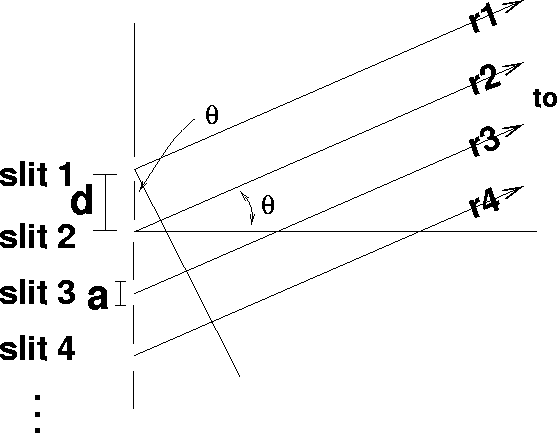
Figure 10: N finite-slit interference experiment

Figure 10: N finite-slit interference experiment
Finally, we consider the pattern created by N identical slits at spacing d, but each with finite width a (Figure 10). As you might expect, this case becomes a simple combination of the result for the finite slit with the result for N slits.
The reasoning for this is as follows. If you view any one of the N
finite slits, say slit n, by itself from different angles, it
will appear to change its intensity according to the single-slit
formula ![]() ,
where
,
where ![]() . If we now open all N slits at once
and view the result at angle
. If we now open all N slits at once
and view the result at angle ![]() , what we see is the result of
the interference of N slits, each with this same intensity. Thus,
if we set
, what we see is the result of
the interference of N slits, each with this same intensity. Thus,
if we set ![]() from Eq. 17 equal to
from Eq. 17 equal to ![]() , we will find the result for N
finite slits. This result is just the product of our two
previous results:
, we will find the result for N
finite slits. This result is just the product of our two
previous results:
where ![]() ,
, ![]() , and
, and
![]() is the central maximum intensity from any one of the slits alone.
is the central maximum intensity from any one of the slits alone.